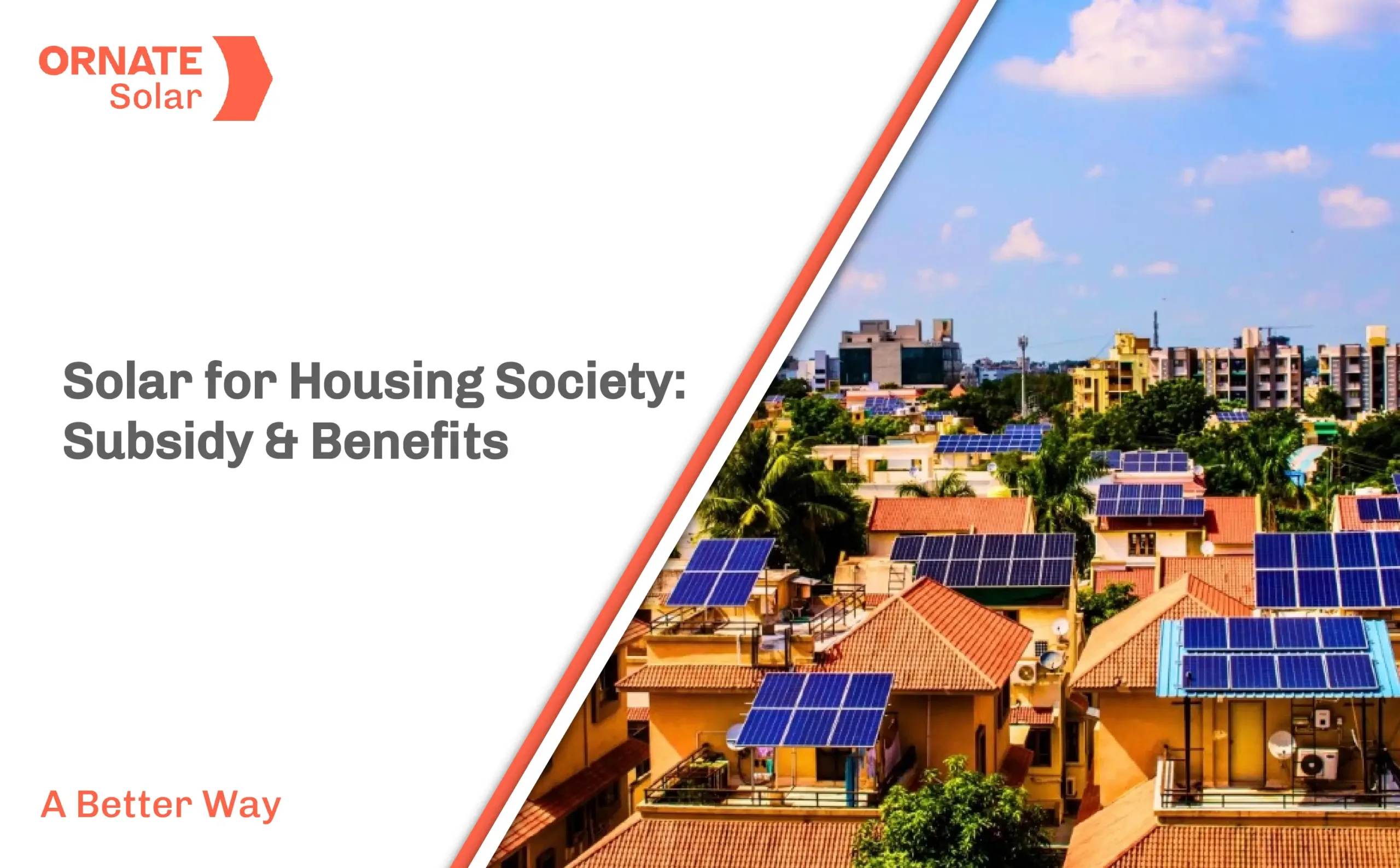

Rooftop solar installations in housing societies have surged in recent years.
And it is not hard to see the primary reason for this shift – while electricity tariffs have continued to rise over the past decade, solar has emerged as the cheapest resource in history!
Across India, group housing societies (GHS) are increasingly adopting solar energy to power common facilities, meet residents’ electricity needs, and save thousands on energy costs every month.
In this blog, we explain why housing societies should switch to solar, outline government incentives and financing options, and address common questions about the transition.
Solar Subsidy
Under the newly launched PM Surya Ghar Yojana, Group Housing Societies and Residential Welfare Associations are eligible for a solar subsidy of ₹18,000/kW.
This incentive is available to all registered GHS and RWAs installing rooftop solar energy systems for common facilities, including EV charging.
A society can install solar systems up to a total capacity of 500 kW (with 3 kW allocated per household) under this scheme. This 500 kW limit also includes any rooftop solar systems installed by individual residents.
To qualify for the incentive, a GHS must install DCR (Domestic Content Requirement) or Made-in-India solar panels.
Benefits of Going Solar
Reduction in Electricity Bills
The biggest benefit of switching to solar is the reduced dependence on grid power and the savings on electricity expenses. Housing societies can power a portion of, or all common facilities like lifts, pumps, lighting, air conditioning, etc., through on-site solar energy and save up to 80% of electricity costs.
Solar also acts as a buffer against future increases in electricity tariffs.
Return on Investment
The initial cost of setting up solar can be recovered within 3-5 years, depending on factors like location, plant size, and quality.
After the breakeven period, solar becomes an asset that consistently gives high returns through electricity savings for more than 25 years!
Space Utilisation
Rooftop spaces on large apartment buildings are often underused. Why not turn this sunlit terrace into a mini powerhouse?
Housing societies can choose elevated rooftop solutions like Ojas, where solar panels are installed at a height, leaving ample space underneath.
This elevated setup not only helps keep the terrace and floors below cooler but also creates a versatile area that can be used as a lounge or mini-gym.
In case rooftop space is limited, a solar carport is an innovative alternative. This solution generates power, charges electric vehicles, and serves as a functional parking area.

Remote Monitoring
Most solar inverters on the market come with remote monitoring features, allowing users to track their solar power generation in real-time—by the hour, day, month, or year—directly from their mobile devices.
This feature also helps users plan high-energy appliance usage during peak solar generation hours, and maximize their savings. Additionally, if a panel encounters any issues, the remote monitoring platform provides instant alerts.
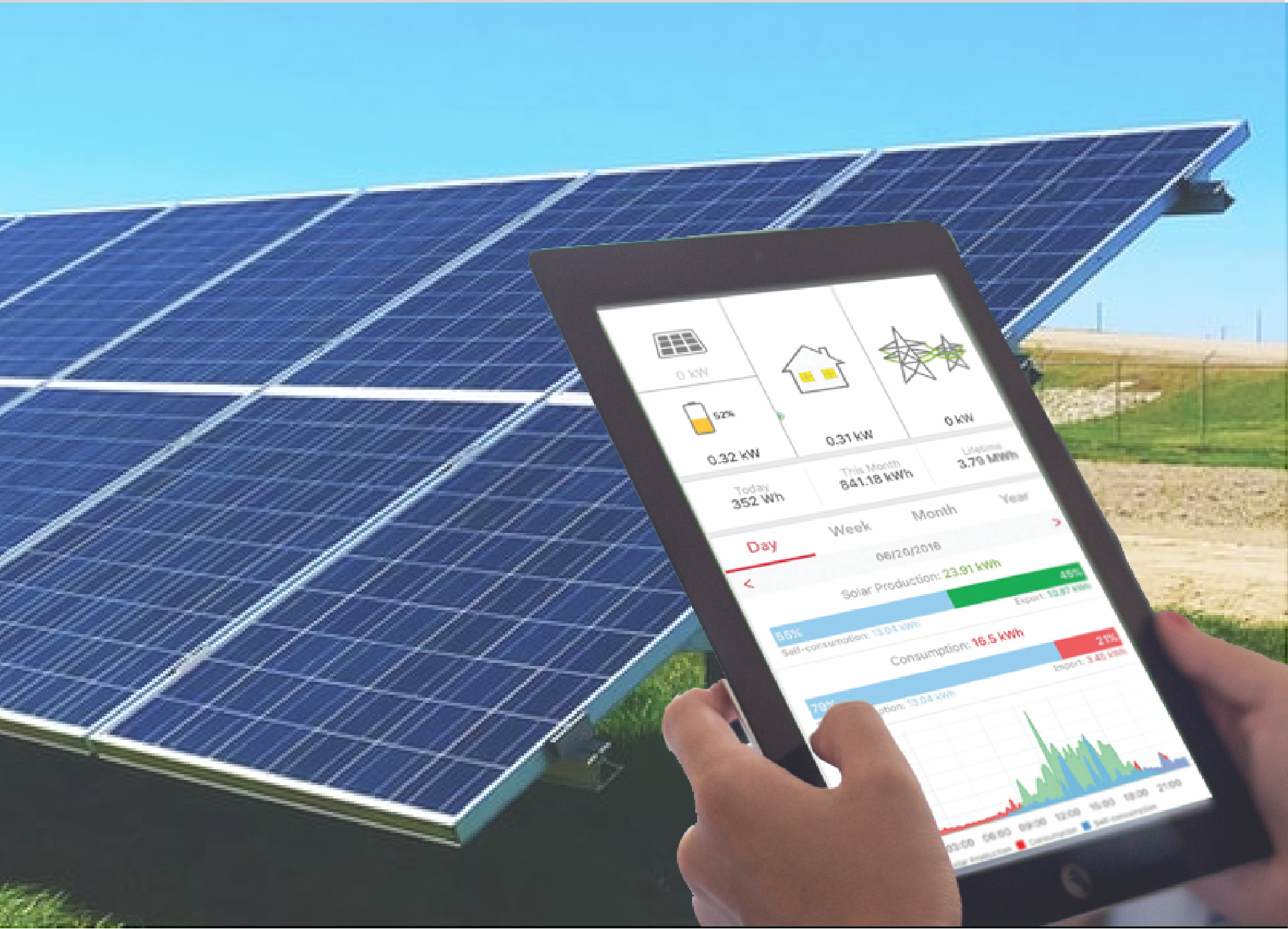
Minimal Maintenance
Solar plants require very little maintenance. Simply cleaning the panels with water every two weeks (or weekly, depending on the location) increases light absorption and keeps generation high.
Additionally, consumers can schedule inspections every quarter to ensure optimum functioning.
Carbon Footprint
The transition to solar energy to meet even a small portion of electricity needs can help a housing society reduce its carbon footprint.
By generating clean, renewable energy on-site, the society building cuts down on greenhouse gas emissions, contributing to a cleaner environment and a more sustainable future for the community.
Financing Options
Solar has become more accessible in recent years, thanks to the various financing options available to consumers. Many newly developed housing societies with limited corpus funds are benefiting from the same.
There are two main options available:
1. Solar Loan
Just like a house or a car, consumers can finance their solar energy systems through loans.
But unlike a house or car loan, a solar loan does not create an additional financial burden. This is because the monthly energy savings from rooftop solar systems can be used towards EMI payments. Once the loan is paid off, the GHS will continue to save on electricity bills for over 25 years!
Moreover, due to the government’s push for solar adoption, solar loan facilities have now become available across major banks in India.
2. OPEX Solar
Instead of financing and owning the solar plant themselves, a housing society can opt for an OPEX Solar model.
In this model, a third-party developer installs, operates, and maintains the solar plant at the society premises. The developer then sells the energy generated to the society at a pre-decided rate as per the Power Purchase Agreement.
Since this price is lower than the traditional electricity tariff, the housing society can still save a lot on energy costs without making the upfront capital investment.
Addressing Common Concerns
Is it safe to install solar on the rooftop?
Yes, rooftop solar installations are safe. Installers ensure proper earthing on both the DC (panel) and AC (inverter) sides. So, if there is a stray charge, it is safely grounded through the earthing wire and poses no risk.
Additionally, solar plants include ACDB and DCDB junction boxes, which act as circuit breakers during power surges, protecting the system from short circuits or failures.
Will solar panels make my terrace space unusable?
Elevated solar setups, like the Ojas structure, are ideal for those who wish to retain terrace space.
The structure is installed at a height, can be set up quickly, and withstands strong winds and extreme temperatures.
The Ojas setup is available in 3kW and 5kW clamping kits, which together can support solar systems up to 10kW. Just two professional installers are needed to set up this structure, whether as a solar rooftop, a solar carport, or a shaded walkway for gardens and pathways.
Are solar panels prone to lightning?
Lightning can damage solar power systems. To prevent this scenario, installers equip systems with lightning arresters (LA).
The device is installed at the highest point of the building. In the event of a thunderstorm, it is more likely to hit the LA than the solar panels.
If that happens, the lightning arrester safely discharges the excess charge into the ground.
For added protection, societies can opt for ESE-type lightning arresters, which offer a wider coverage radius and faster response time.
Is the cost of setting up solar panels too high?
With the government push for solar, domestic manufacturing of panels and cells, and financial incentives, going solar has become more affordable than ever!
Moreover, with the savings on electricity bills, a consumer can recover their initial investment in just 3-5 years and enjoy low-cost or even free electricity for up to 30 years!
About Ornate Solar
Ornate Solar is a leading solar company with 10 years of experience in the industry and the mission to reimagine the way solar is installed worldwide.
By not only partnering with the best-in-class solar brands but also developing our high-quality solutions, (panels, inverters, accessories, InRoof), we develop and deliver solutions that are modern, reliable, and effective.
If you are looking for high-quality solar solutions, reach out to us at 011 43536666 to discuss your options.




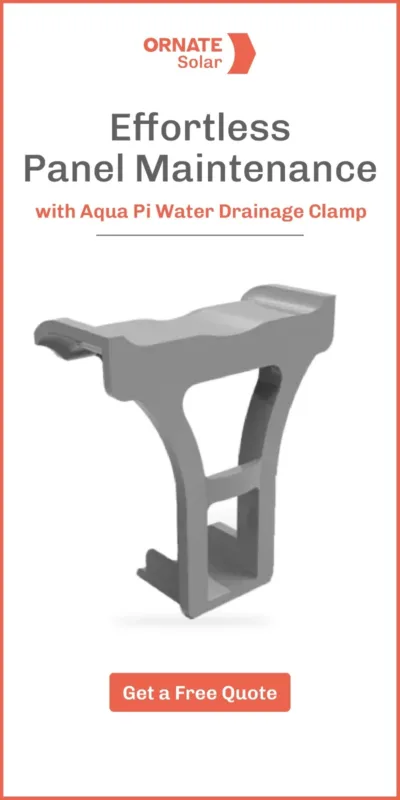

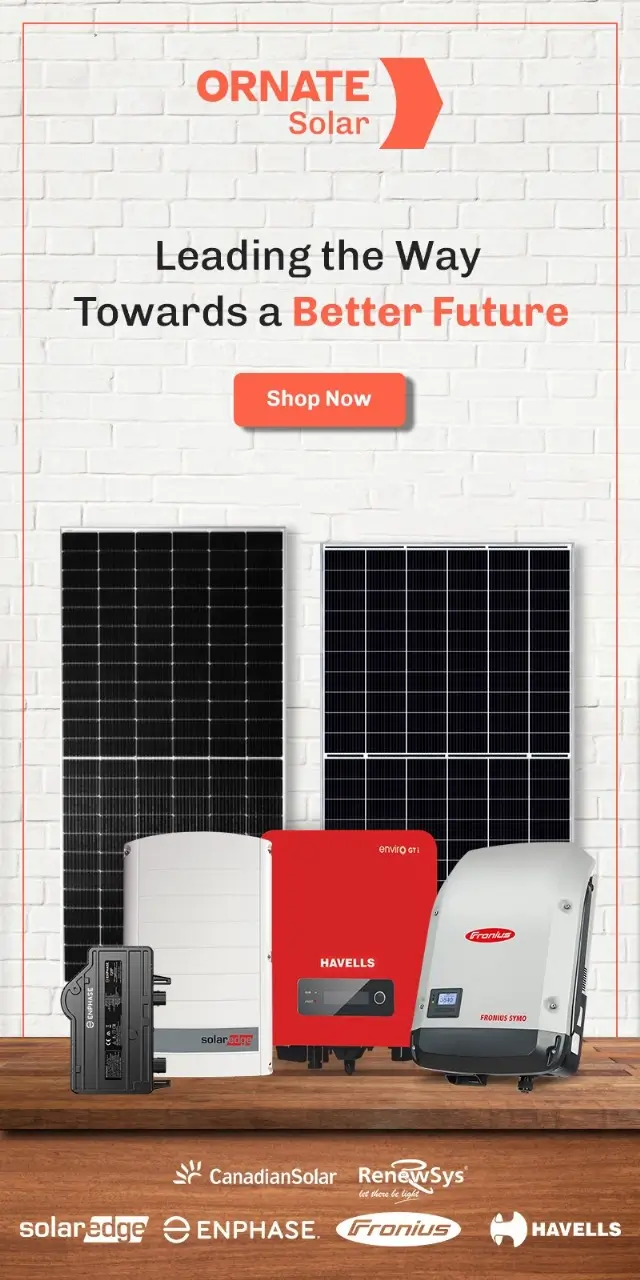




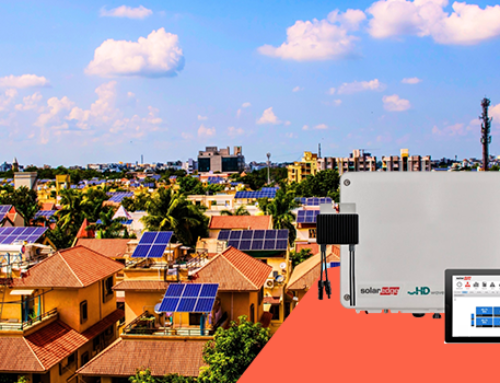
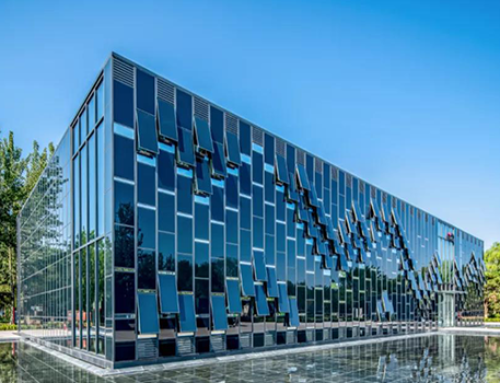

Leave A Comment